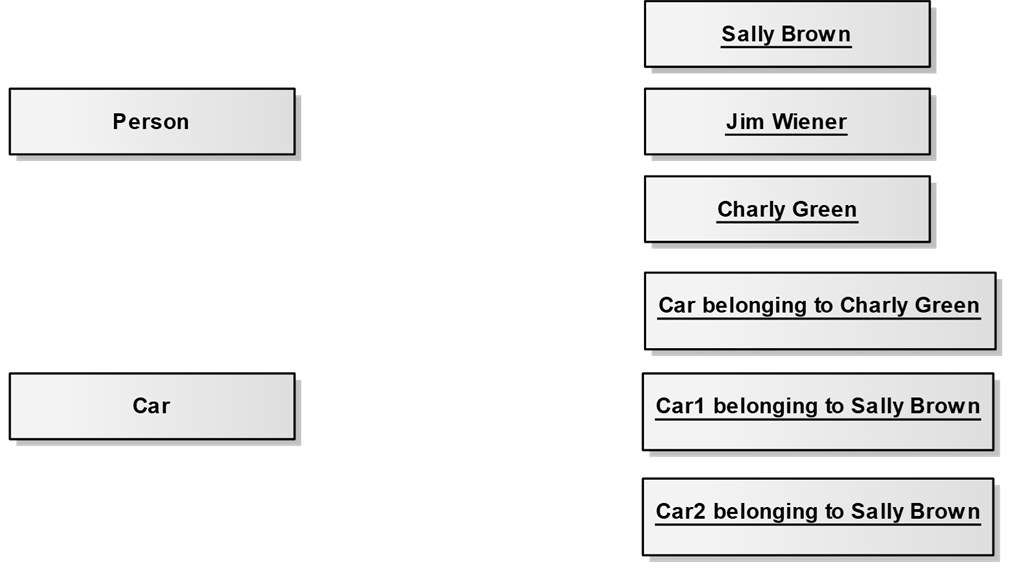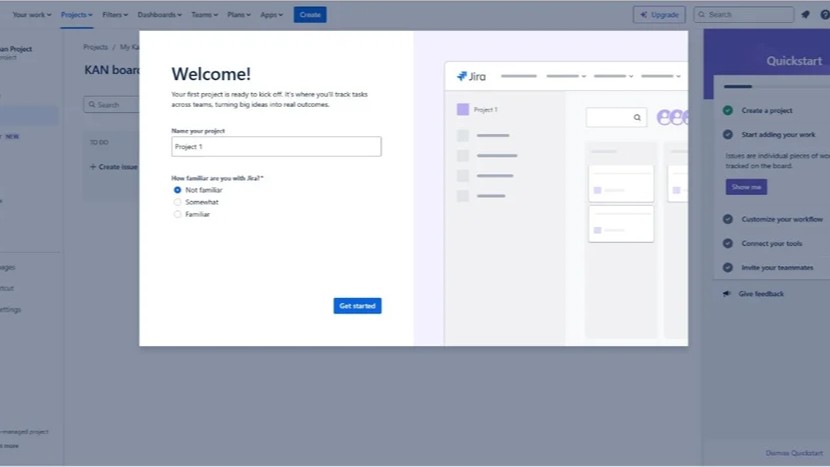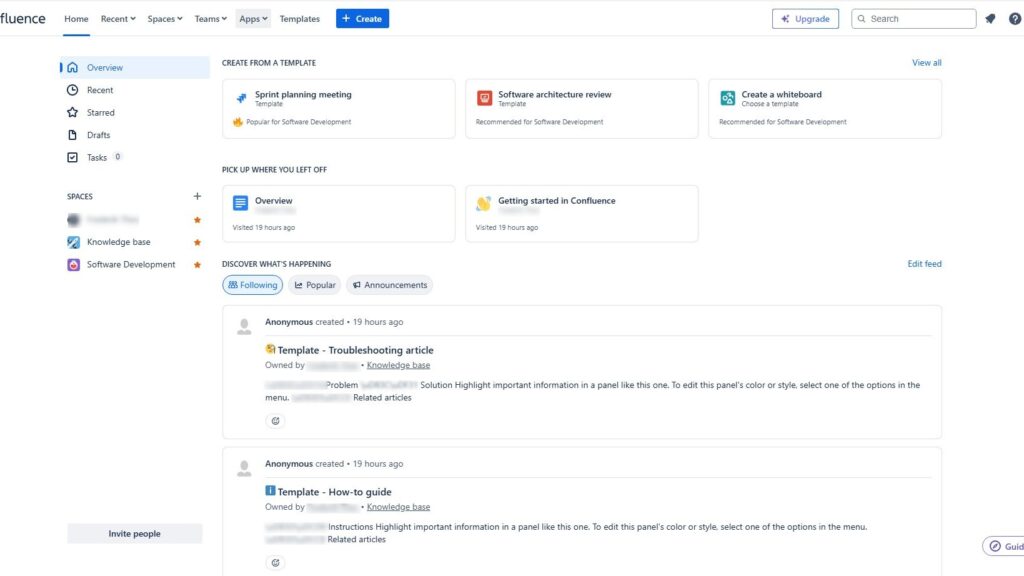When exploring software development, one crucial task is identifying classes that form the system’s foundation. At first, this can feel complex, but with the right mindset, it becomes clear and intuitive. By focusing on real-world elements and their relationships, we can uncover the classes that define structure and behavior. In this article, I’ll guide you through a simple, practical approach to identifying classes, using relatable examples to make the process easy to understand and apply. This article is part of a two-part series. Check out the second article: Identifying Classes (2): with Objects, Roles, and Functions (opens in a new tab).
Collect all nouns
When it comes to identifying classes, one of the easiest methods is to define a class for every noun found in the requirements. I prefer this approach because it provides a clear starting point. However, as straightforward as it seems, this method quickly generates an overwhelming number of classes. These need to be refined further. Notably, many classes you find initially might only describe the properties of another class. For example, you might find a noun like “color,” which doesn’t deserve to be a class on its own but rather an attribute of another class like “vehicle.”
First, let’s consider a practical example to clarify this process. Imagine we’re working on a project where we’ve identified several nouns: person, age, car, gender, color, vehicle, and man. Now, I need to decide which of these should actually be modeled as classes.
Breaking Down the List
In this list, only two terms — person and vehicle — are genuinely worth modeling as classes. Here’s why:
- Age: This isn’t an independent class; it’s a property of a “person.”
- Car: This is another word for “vehicle,” so we don’t need a separate class.
- Gender: Again, this is a property of a “person,” not a class by itself.
- Color: This is a property of a “vehicle.”
- Man: This is simply a synonym for “person.” Therefore, there’s no need to create a separate class for it.
Thus, we narrow down the nouns to two key classes: Person and Vehicle.
Making Assumptions
Next, I need to confirm some assumptions to ensure consistency in the context of a real development project:
- The concept of “person” must be used consistently throughout the project, not “man.”
- The concept of “vehicle” must be used consistently, not “car.”
- The term “color” should always refer to the color of a vehicle.
These assumptions may seem minor, but they are crucial for maintaining clarity and consistency. If a project or company has a standard language, sticking to that can help avoid confusion.
Final Thoughts
In conclusion, identifying classes is a crucial step in modeling any system. By following a systematic approach—starting with every noun and then refining the list—you can ensure that your model is both accurate and efficient. I find this method, supported by a few well-thought-out assumptions, provides a strong foundation for any development project.
Remember, the key is consistency. When you consistently use terms and concepts, your entire project benefits. Thus, what begins as a simple exercise in identifying nouns evolves into a robust structure for your application or system. So, when you next set out to identify classes, remember: Start with nouns, refine, and confirm assumptions.
Now jump to the second part: Identifying Classes (2): with Objects, Roles, and Functions (opens in a new tab).
This article covers concepts that are also included in the CPRE certification syllabus.




